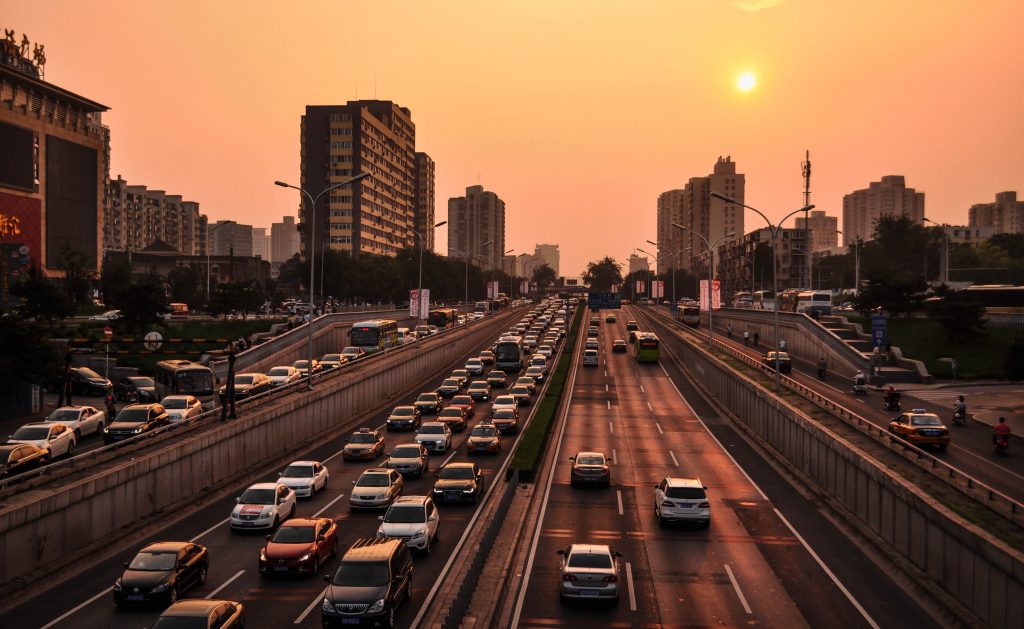
It will come as no surprise to most New Yorkers that the Cross Bronx Expressway was deemed the most congested road in the country. It has held this title every year that INRIX has produced its studies. Drivers suffer an average delay of 29 minutes on each trek between the Bruckner Expressway and the Trans-Manhattan Expressway. In total, the average driver loses about 114 hours on the Cross Bronx each year (that’s the equivalent of more than 14 eight-hour work days!).
While accidents are not the only reason for traffic jams, they are a major problem on the Cross Bronx due to the lack of shoulder space. According to data from the NYC Department of Transportation, between June 2014 and January 2019 there have been more than 5,800 traffic accidents on the Cross Bronx. Of those, 1,536 involved injuries while just seven resulted in fatalities. The most common contributing factor to accidents on the Cross Bronx is following too closely (1,125), followed by driver inattention (1,058) and unsafe lane changes (764). Unsafe speeds contributed to just 93 accidents on the Cross Bronx in the four-and-half-year timeframe, which makes one wonder how anyone was able to attain an unsafe speed on the expressway at all. Read more about New York State accident and traffic ticket data.
Coming in at No. 8 for most traffic jams was the Brooklyn-Queens Expressway (BQE) between the Manhattan Bridge and Long Island Expressway, where drivers lose about 13 minutes per journey, an average of 51 hours each year. The Major Deegan Expressway between the RFK Bridge and the Cross Bronx ranked No. 10, costing drivers 12 minutes per trek and 49 hours each year.
Despite its three highly jammed-up corridors, NYC ranked below Boston, D.C., and Chicago in terms of most traffic citywide and is just above Los Angeles. On average, INRIX estimates New Yorkers lose about 133 hours to traffic jams each year. The economic impact of that lost time was calculated to be approximately $9.5 billion, or $1,859 per driver, annually.
The INRIX 2017 study ranked NYC as the second-most congested city in U.S. However, its drop to the No. 4 spot is not because traffic has gotten better. Rather, INRIX expanded its data sources and changed how it calculated the rankings. The 2017 Global Traffic Scorecard measured time spent in congestion for the median commuter. By comparison, the 2018 Global Traffic Scorecard measures time lost due to congestion based on the time of day. In addition, the 2018 report measures the severity of the congestion.



